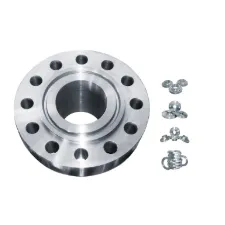

Furthermore, understanding the engineering behind A106 pipe dimensions goes beyond simple measurements. It encompasses an understanding of material properties, joining techniques, and the impact of environmental factors on pipe performance. The carbon steel composition of A106 pipes provides an excellent balance of strength and workability, which is crucial for welding and forming operations in complex industrial setups. The seamless construction of A106 pipes is another factor that enhances its reliability and efficiency. Seamless pipes are considered superior to welded pipes due to their uniformity in shape and structure, eliminating weaknesses that typically manifest along welded seams. This contributes significantly to the pipe’s capacity to operate under high-pressure conditions without risk of cracking or leakage. In terms of industry standards and compliance, A106 pipes are designed to meet stringent regulatory requirements, ensuring safety and performance. Professionals working with these pipes should ensure they are certified and meet the appropriate ASTM standards. This compliance warrants that the dimensional properties of the pipes align with the anticipated stress and thermal loads in their specific use case, which is critical for maintaining system integrity. In conclusion, A106 pipe dimensions are a key element in the selection process for high-performance piping systems across various industries. Understanding these dimensions means more than just knowing the numbers; it requires an appreciation of how these dimensions interact with material properties, regulatory standards, and the operational environment. For any enterprise aiming to optimize their industrial fluid or gas transport systems, an expert understanding of A106 pipe dimensions will ensure both efficiency and safety, thereby underlining their critical importance in industrial applications.
Post time: Jan . 25, 2025 23:32
















